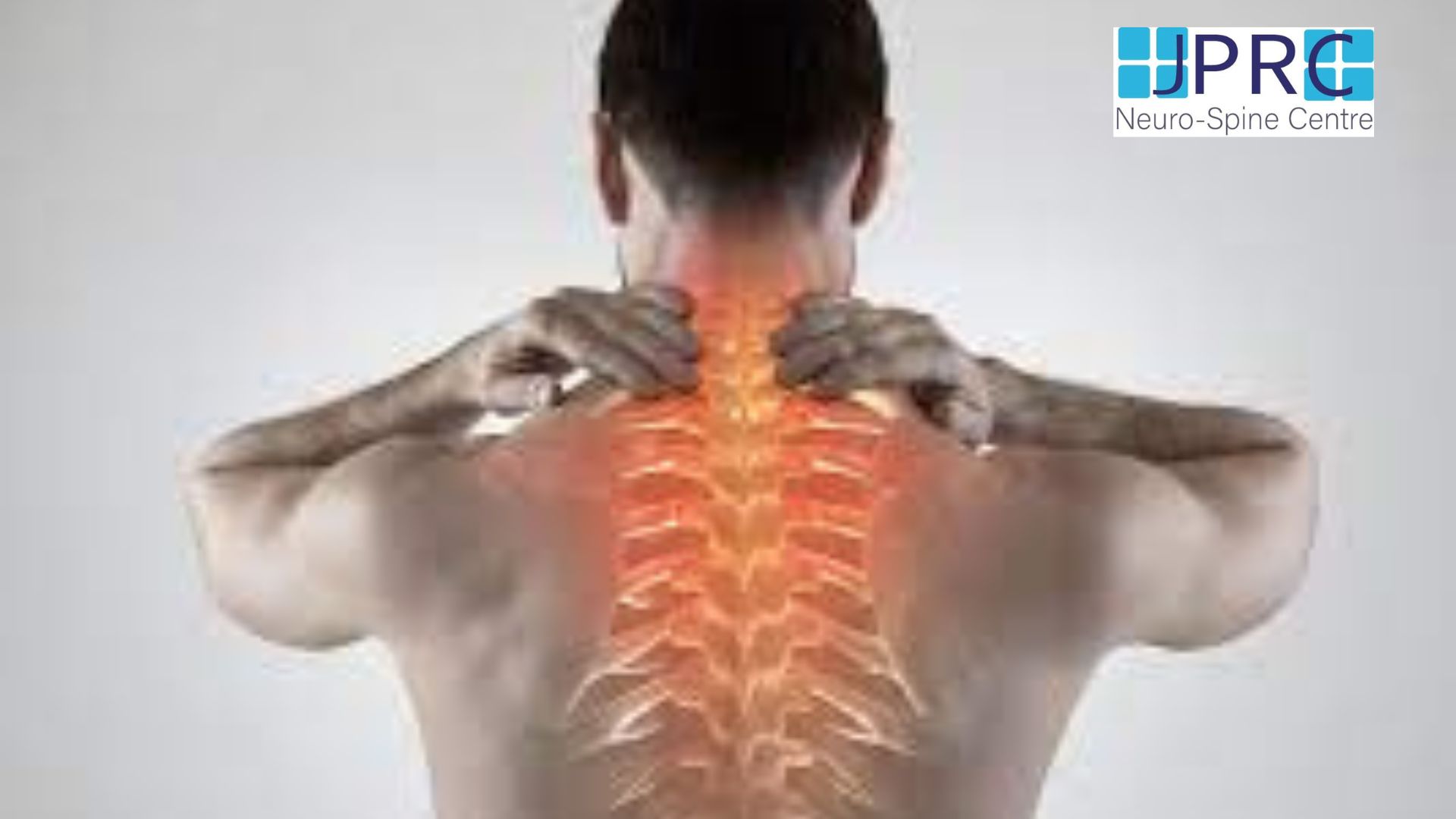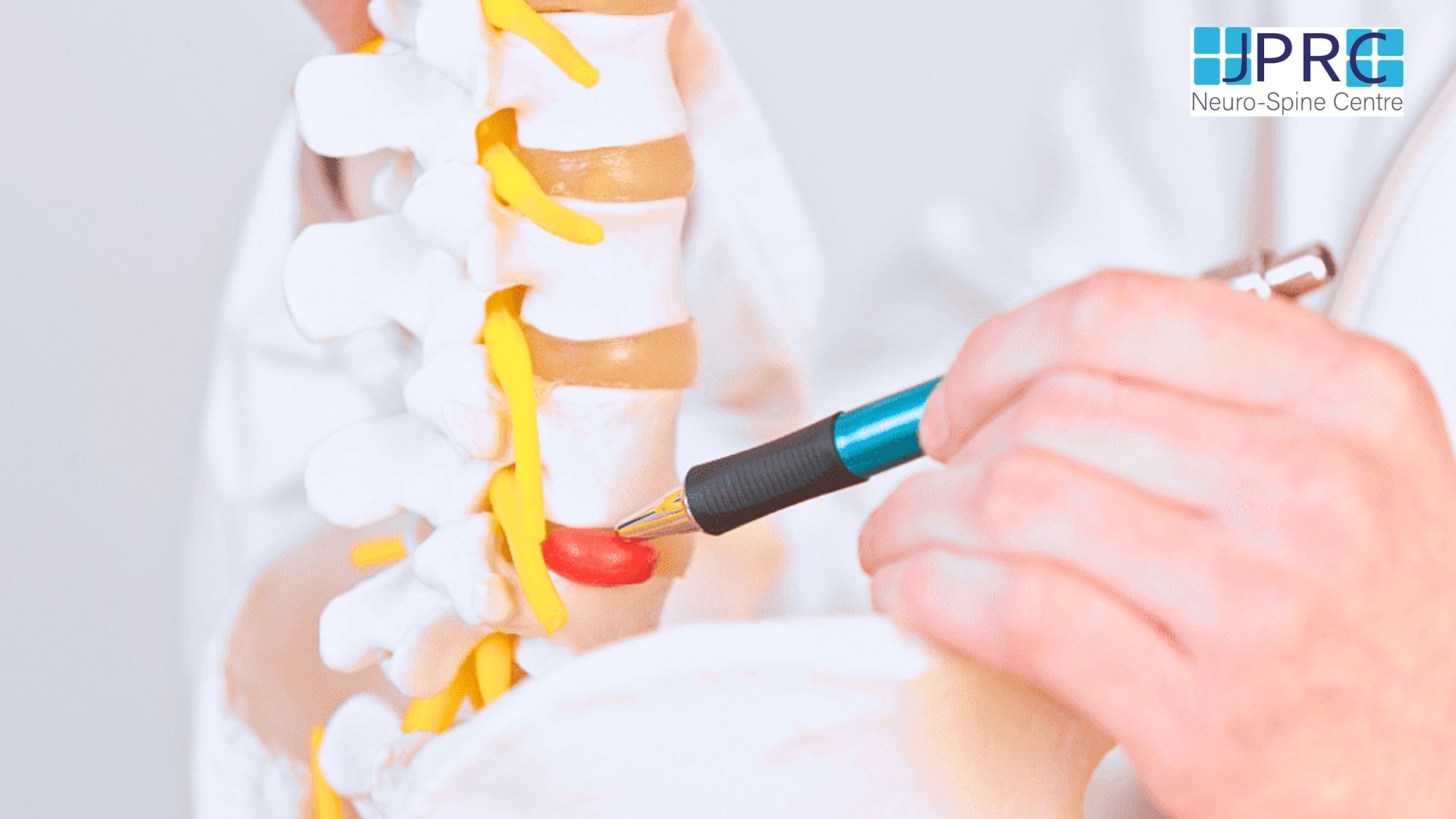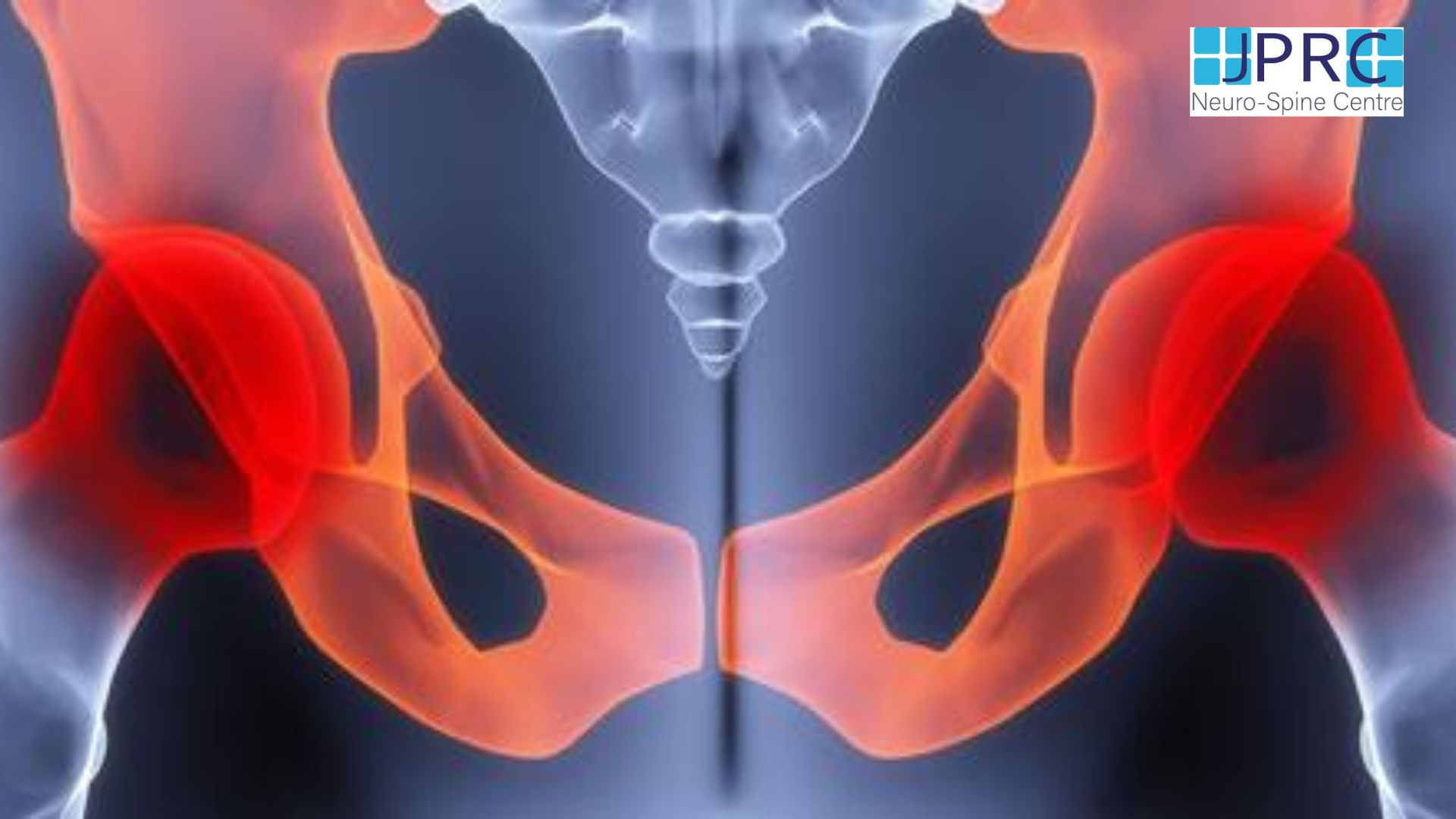Back pain
Back pain – disc problem
The term ‘disc’ is short for the ‘intervertebral discs’, the spongy cushions that separate the block-like bones (vertebrae) of the spine. These discs have several important functions including shock absorption, keeping the vertebral column stable and giving the vertebrae ‘pivot points’ to allow movement.
A disc is made of two parts: the elastic outer shell (annulus fibrosis) and the jelly-like contents (nucleus pulposis). It can handle quite a lot of pressure without damage, but certain types of pressure can damage the shell and push its contents out. and putting continuous pressure over spinal nerve root, or sensitise chemically causing radicular pain going to limb.
Symptoms of disc problems
The symptoms of a damaged disc can vary according to its location and severity. Many people who show evidence of the scanning of damaged discs have no symptoms. This means that, most commonly, there are no symptoms at all. However, general signs may include:
Back pain
axial core pain
Pain radiating down the legs or may down to afoot.
Worsening pain associated with bending over or sitting down for a long time
Worsening pain associated with activities like coughing or sneezing
Numbness or pins-and-needles in an arm or leg.


































































.jpg)











_Injection_Description_in_Hindi.jpg)



















.jpg)










.jpg)




.jpg)
.jpg)
.jpg)







.jpg)
.jpg)
.jpg)
.jpg)
.jpg)
.jpg)
.jpg)
.jpg)
.jpg)
.jpg)
.jpg)
.jpg)
.jpg)
.jpg)
.jpg)
.jpg)
.jpg)
.jpg)
.jpg)
.jpg)
.jpg)
.jpg)








1.jpg)
1.jpg)

1.jpg)
1.jpg)
1.jpg)
1.jpg)
1.jpg)










2.jpg)
3.jpg)



4.jpg)
1.jpg)
2.jpg)

5.jpg)

6.jpg)




7.jpg)
2.jpg)

8.jpg)

9.jpg)
3.jpg)

10.jpg)

11.jpg)


12.jpg)
4.jpg)






























